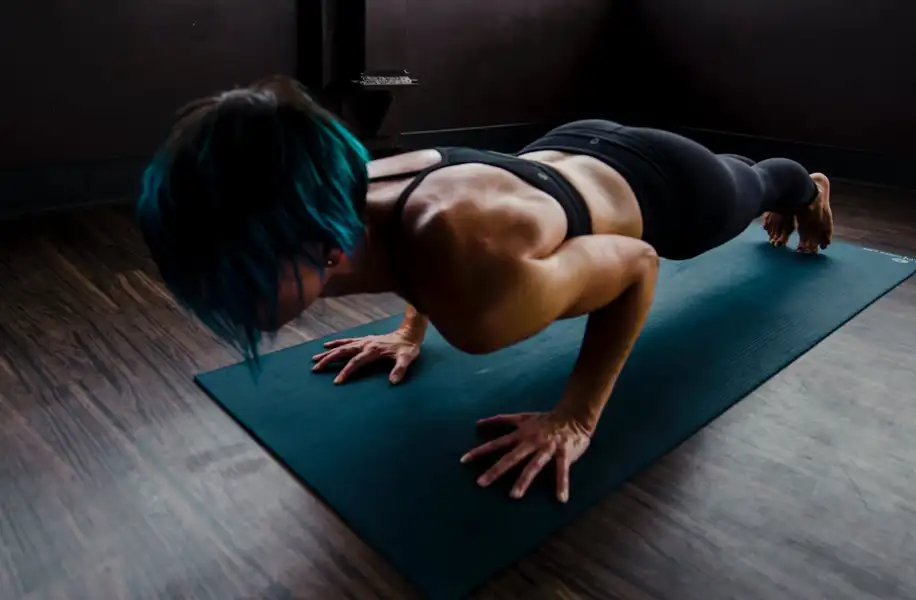
barefoot training There are different schools of thought in this regard, which are essentially divided on the different functions that derive from a workout carried out wearing sneakers or remaining barefoot, directly in contact with the floor.
Certainly if we refer this discussion to comfortable environments such as training in one’s own home, inside small structures or directly in contact with the sand, several personal trainers (who have attended a recognized personal trainer course ) find themselves stating that Barefoot training can bring many benefits.
In fact, moving with your feet directly in contact with the ground helps to more effectively stress the muscles, tendons and joints, which normally remain trapped inside rigid footwear. If, for example, we started running or jumping on the spot barefoot, we would immediately feel greater stress, almost pain: this reaction is due to the fact that shoes perform a support function for our body and cushion shocks. relative to the floor. However, it is also true that by using the latter we lose the normal support function and functional capacity of our feet.
The Foot and its Capabilities
The feet are equipped with foot receptors, which transmit stimuli to the nervous system and our brain that are able to help and improve the ability to move in space of the entire locomotor system. The use of sneakers prevents the use of these breech receptors, as they do not allow their contact with the ground: the cushioning is supported in a greater percentage by the sole of the shoe and in turn the arch of the foot is not stressed.
- It is certainly no coincidence that in the medical-sports field, the feet are defined as real shock absorbers, as they absorb part of the mechanical energy produced with the impact on the ground, store another part of energy through the elastic force and transmit finally the energy generated by the muscles.
- In the rehabilitation field, very often we work barefoot, to provide important stimuli and receptions to recover all those functions that have been lost due to fractures or accidents. Proprioceptive work is fundamental and very often involves the feet. Proprioception is the ability and control of ourselves, it can be performed in a simple form on flat surfaces or even on unstable surfaces, for example using the bosu or the boards where balance must be maintained .

Barefoot training: not always possible
When practicing outdoor sports in certain circumstances, for example jogging on uneven paths, it would not be possible to continue without comfortable footwear: the risk of causing injuries to the foot on sharp surfaces negates the possibility of practicing sports in direct contact with the ground . Furthermore, the use of comfortable shoes is also essential in all those cases where the ground has extreme temperatures (too hot or too cold).
Precisely to overcome this type of problem, through research and the development of new technologies, it is worth saying that the concept of footwear that follows the shape of our foot has taken hold for some years now . This is made with hyper-light and small-sized materials so as to best favor the functionality of the foot in its intrinsic nature as a motor of movement.
During my training I also prefer barefoot movement when the motor gestures are mostly static, they do not require sudden changes in direction and extreme stress such as plyometric jumps. In the case of sports, such as tennis, football and basketball, I instead recommend using ergonomic and cushioned footwear, thus being able to prevent the risk of simple and contact injuries.
The Covid-19 pandemic will change our habits forever and will lead us to abandon, at least temporarily, overcrowded places and group sports, forcing us to prefer individual sports and training in small studios or from our own home. Given the circumstances, I advise you to take advantage of the situation to carry out your workouts barefoot, so that you can fully enjoy all the benefits just illustrated.
read also: How to help a person during a panic attack?